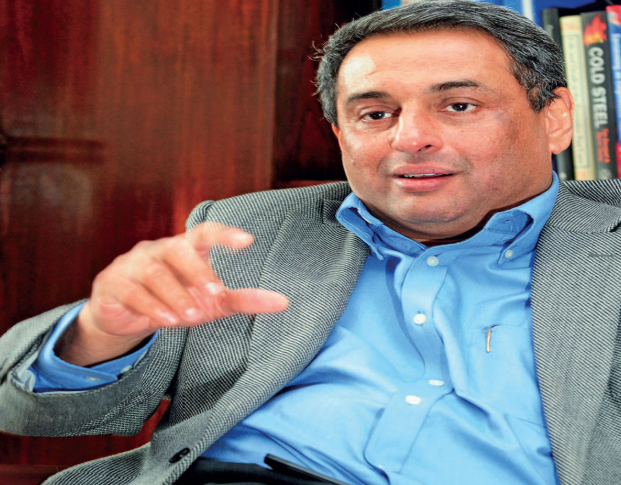Introduction
How Is Your Workplace Related to QMS or Quality Management System serves as a framework to lead and guide an organisation towards improved quality practices at all levels of its internal processes, including manufacturing operations. It derives its principles from ISO 9001 which mandates companies to comply with certain standards to ensure the provision of satisfactory services and products to customers. While implementing the QMS principles your workplace engages itself with continual improvement towards shaping, promoting and maintaining quality culture. A sincere and consistent adherence to quality practice rewards you with ISO certification, spurring an impressive rise of profit lines.
Workplace Practices To Promote QMS
The successful implementation of QMS requires that your business activities be based on quality principles and standard as specified by the ISO 9000 series. The following discussion throws light on how to orient your workplace in a bid to promote and maintain a continuous quality culture within it.
Maintaining customer focus
The ISO principles require that your organisation, at each level of operations, keeps customer satisfaction in mind. To ring in customer satisfaction your company should focus upon:
- Conducting regular research to understand customer needs and expectations, along with a parallel management of customer relationship.
- The vision and objectives of the company should be aligned with the needs of the customer.
- An active communication system to translate quality principles into action at all levels of the organisation.
- Decision-making and planning on the basis of quantifiable results derived from quality metrics.
- Implementation of quality operations through a balanced approach to maintaining the interests of all the stakeholders- customers, higher management, employees, suppliers, financiers, environment and local communities.
Committed Leadership
The ISO standards for the fulfilment of quality goals require complete commitment from the top management. In your role as the company’s leader, your responsibility entails:
- Chalking out realistic and achievable goals and targets, along with a fair allocation of resources to all the departments.
- Implementing QMS through a unified and centralised structure.
- Creating, promoting and sustaining shared values of fairness and ethical conduct across the organization
- To impart training to the staff on issues related to QMS
- Having an active system of reviews and feedback on employee output, while motivating them for continual improvement.
Adopting a Process approach
A process-based approach for quality tasks execution is widely prevalent in organizations. Under the Process-based approach, your workplace management and employees should perform the following tasks:
- Clearly defining the set of business plans, mapping processes and activities necessary to obtain the desired result
- Establishing a team for handling duties and responsibilities related to QMS
- Devising or installing a QMS software to measure and analyze the capability of key quality functions.
- With the help of quality metrics conducting reviews and audits to evaluate the impact of plans for customer satisfaction and on other stakeholders.
- Continually improving the system through measurement and evaluation.
Continual improvement
The ISO 9001 stresses upon continual improvement in the organization’s overall performance so that it can deliver quality goods and services to the customers. To this end, you need to ensure:
- Implementation of a centralised system across the organisation to monitor employee performance through quantifiable data.
- Providing knowledge and training to staff to follow methods and tools of continual improvement
- Drawing out specifications and guidelines for process execution and product designing, while keeping customer satisfaction as your predominant goal.
- Establishing a system of metrics to track continual improvement, while maintaining a system of feedback to the employees.
Factual approach to decision making
The most effective decisions are those based on the analysis of quantifiable data and information. For making decisions based on data, the management should install a comprehensive QMS software which performs the following tasks:
- Availability of data and information which are sufficiently accurate and reliable
- Disseminating the data in the pertinent departments.
- Rigorous and regular analysis of data and acting upon the loopholes or lacunae as reflected by the system.
Conclusion
In a bid to outshine your competitors and staying ahead your organisation should adopt and implement the principles of Quality Management as mentioned in the various standards of the ISO 9000 series. The active implementation of QMS would change the very face of your business operations, helping your company in attaining soaring profits.
















